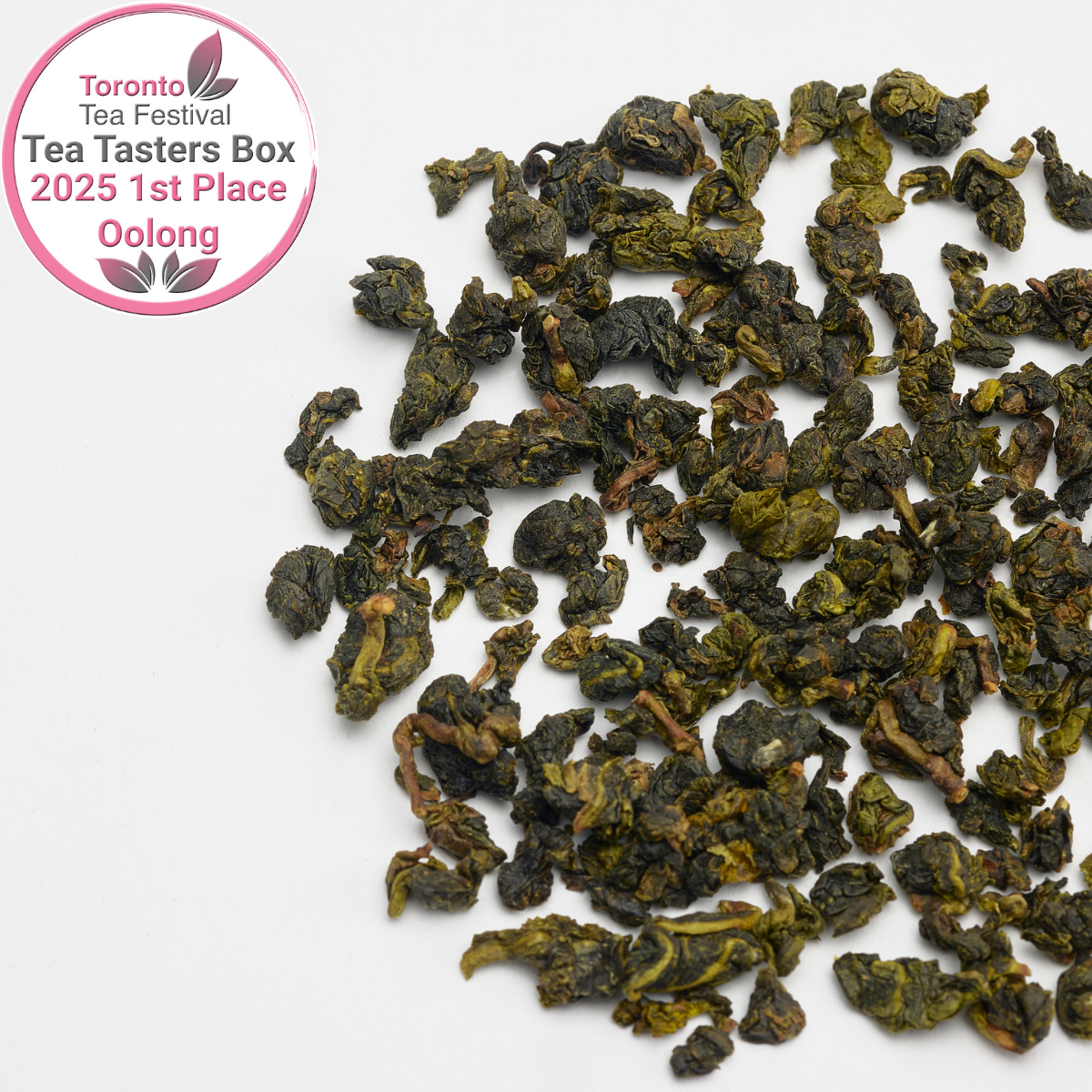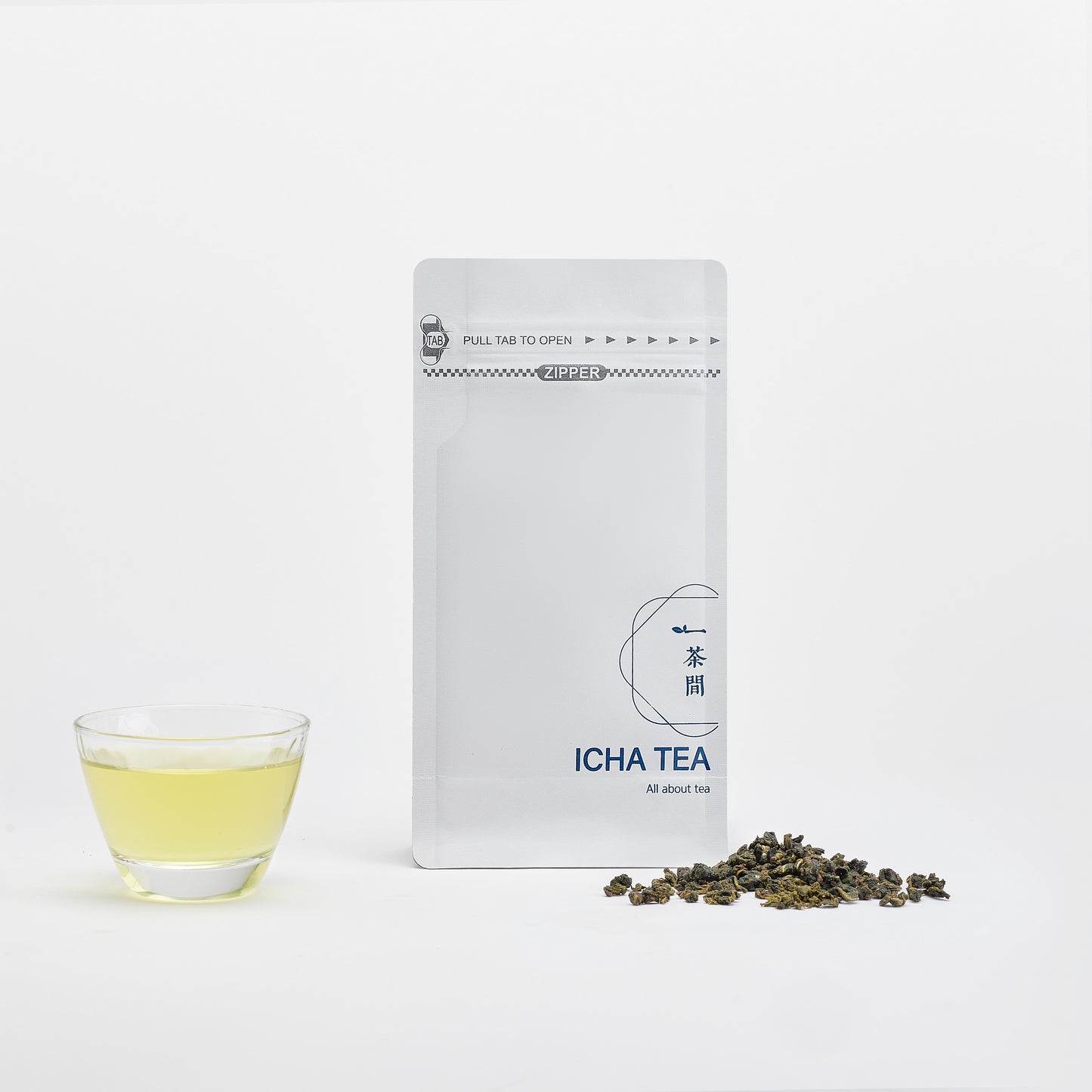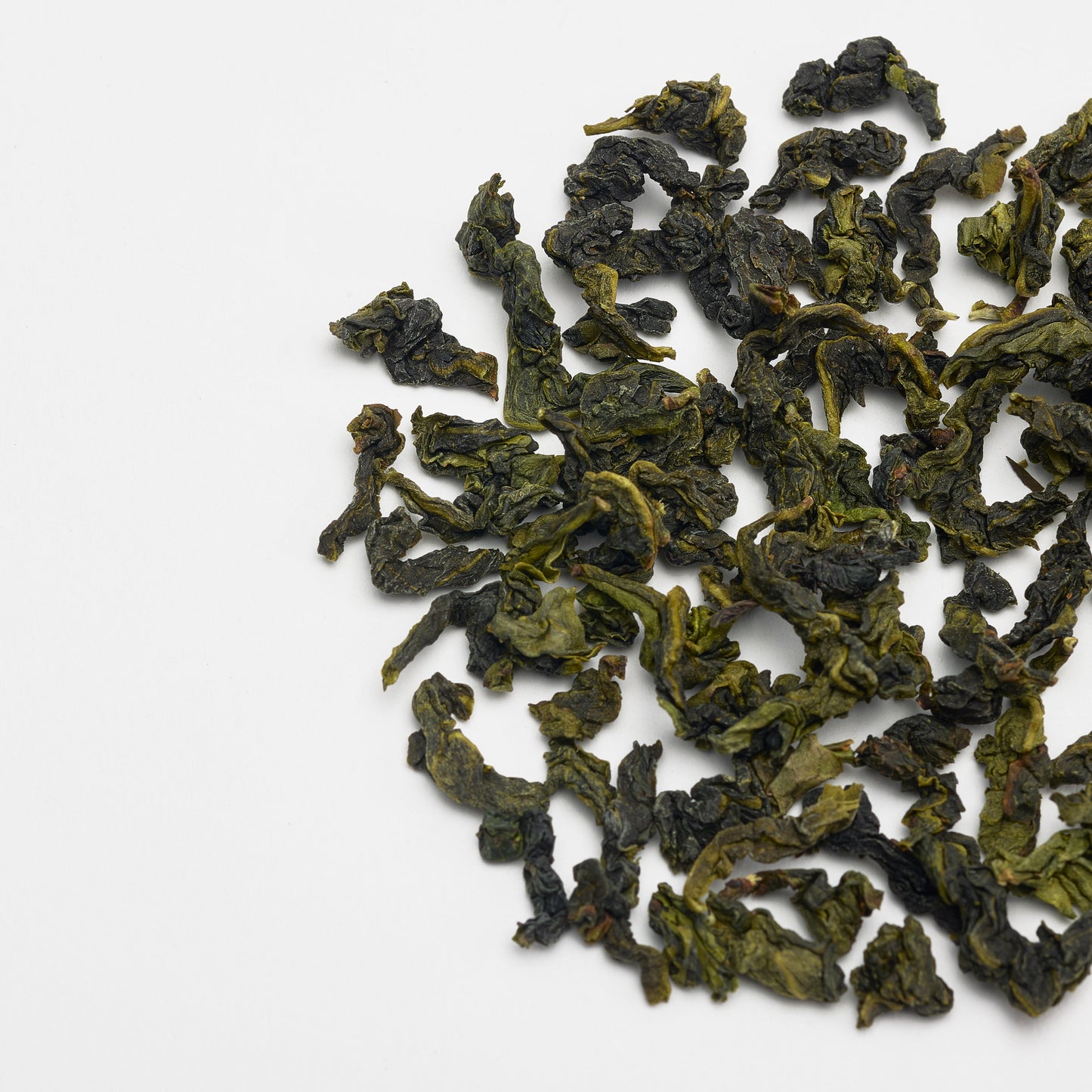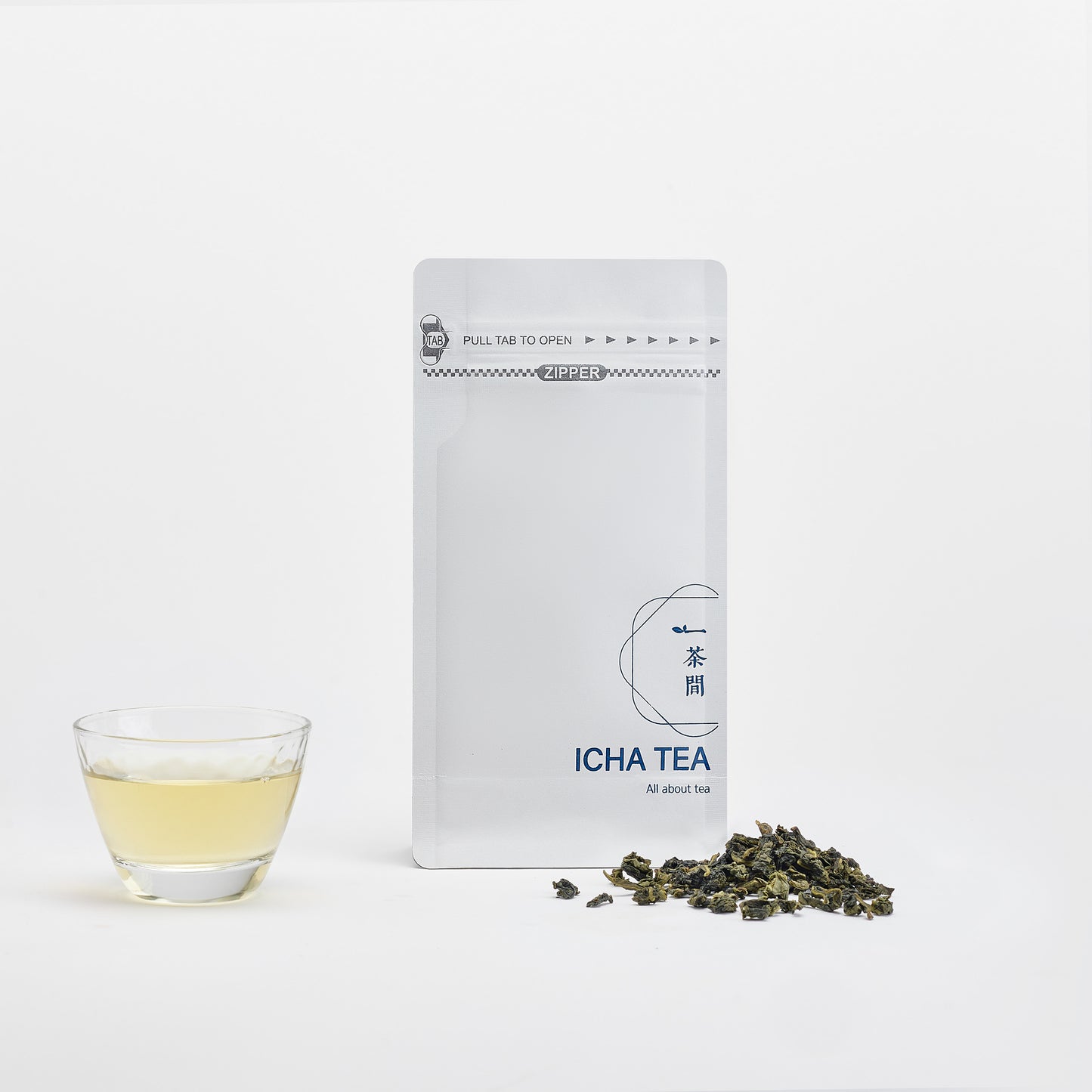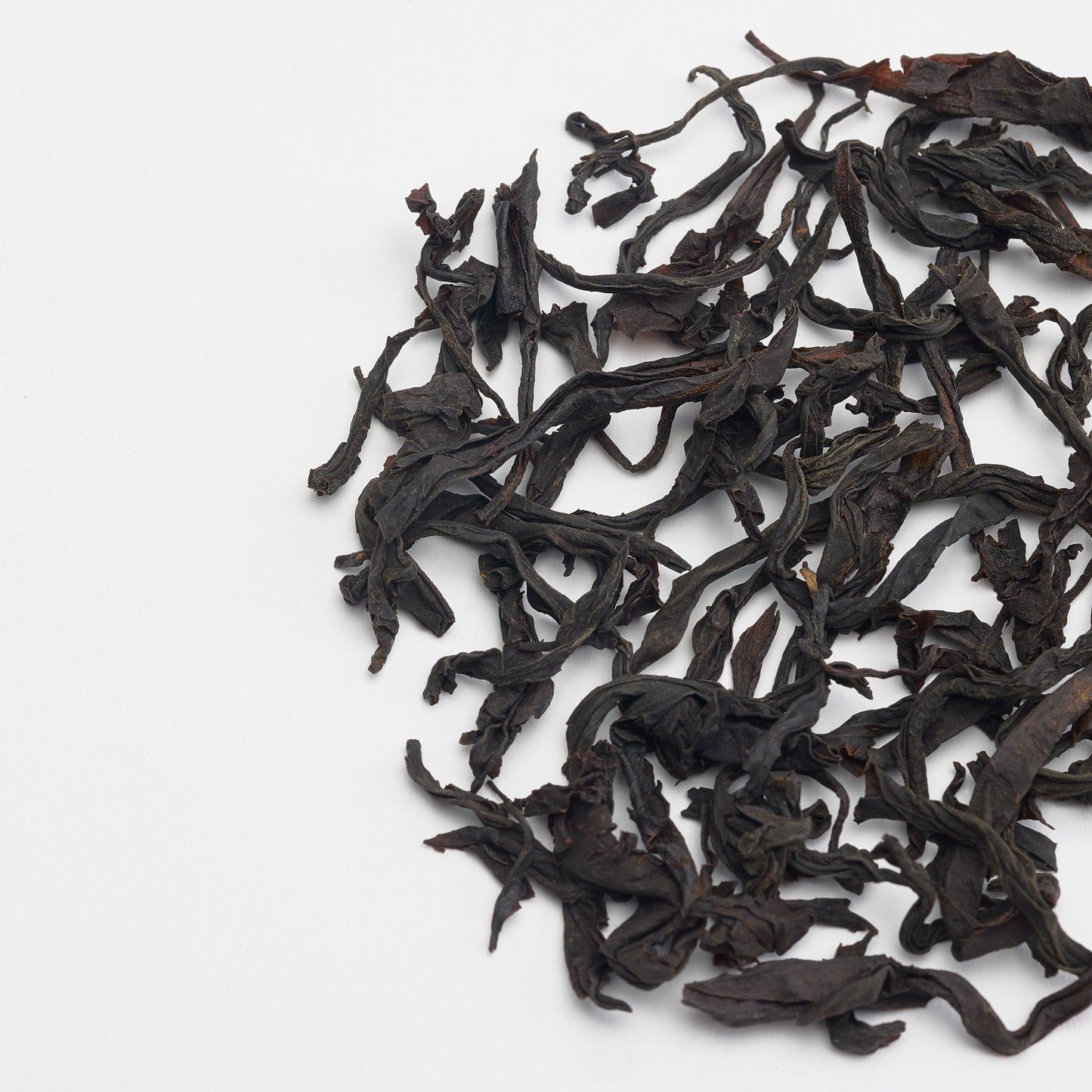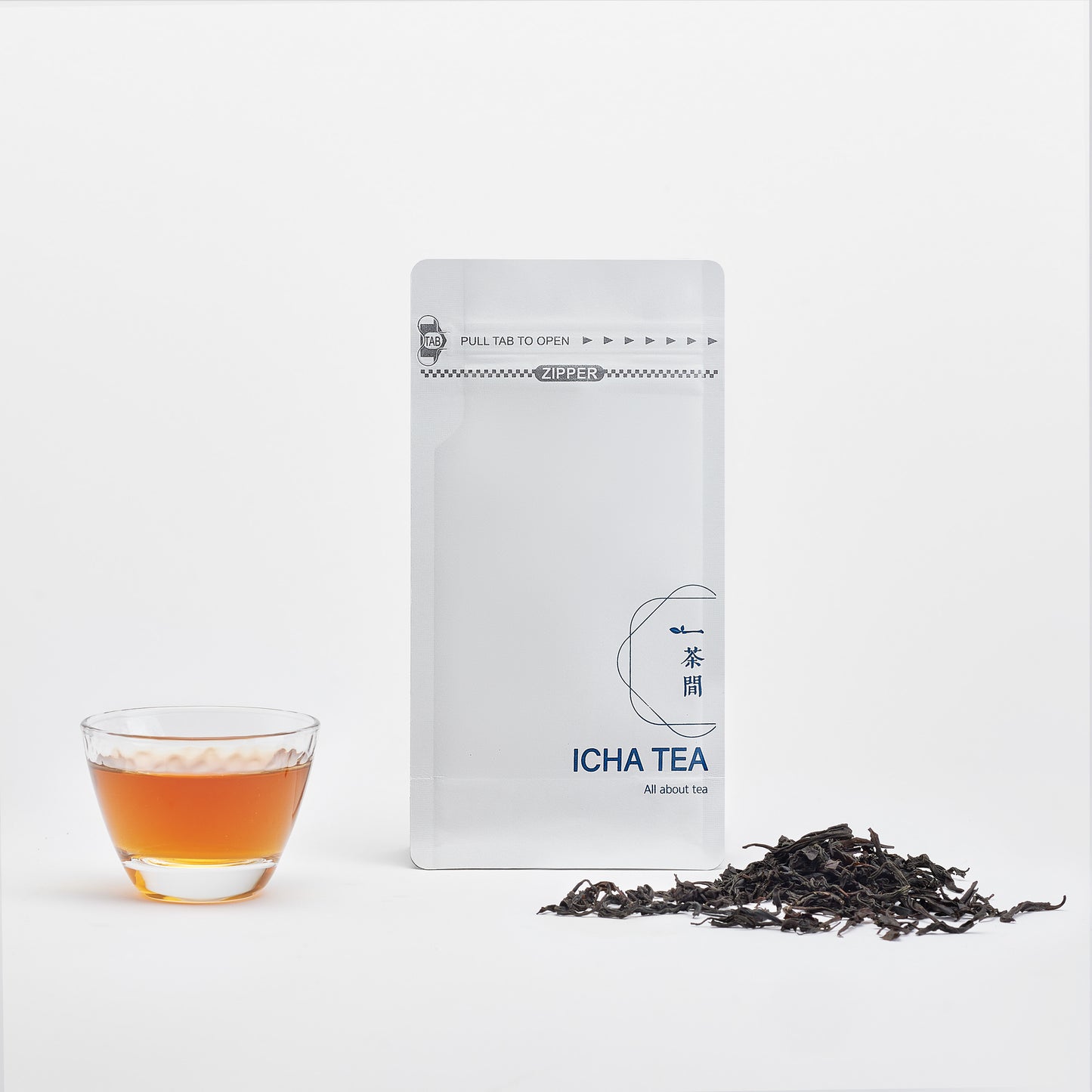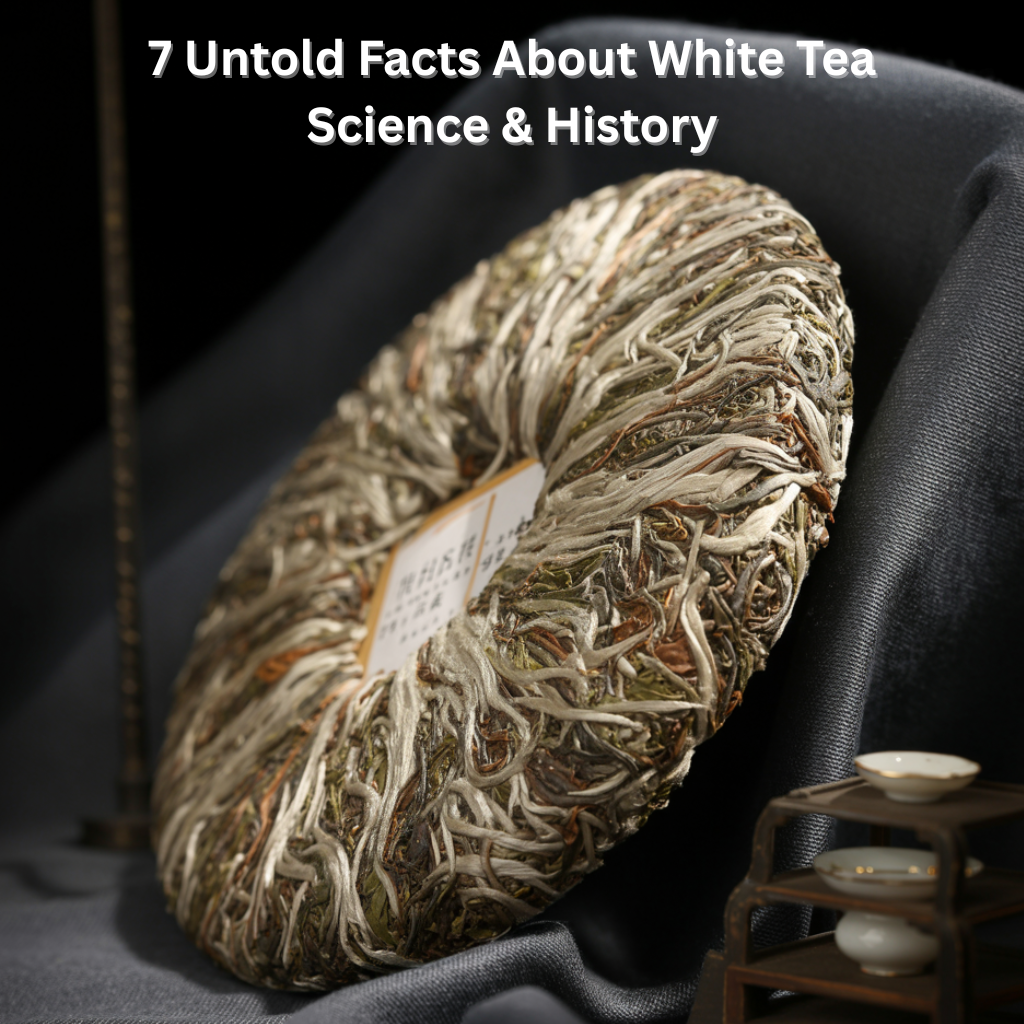
White tea might appear deceptively simple. It is just buds and leaves, gently dried. But beneath its delicate facade lies a beverage so complex it has puzzled scientists, bankrupted emperors, and commanded prices that rival precious metals. Recent research has uncovered astonishing truths about this ancient tea that challenge everything we thought we knew.
From laboratories discovering compounds that exist nowhere else in nature to archaeological finds rewriting tea history, white tea continues to surprise even lifelong tea experts. These seven facts reveal why the world's "simplest" tea is also one of its most extraordinary.
1. Cold Brewing Unlocks Dramatically Higher Antioxidant Levels
Forget everything you know about making tea. Scientists have discovered that cold-brewed white tea contains 2-3 times higher antioxidant activity than hot-brewed versions¹. This finding completely upends centuries of tea-making wisdom.
Research published in the Journal of Food Composition and Analysis tested different white teas at various temperatures. The results were shocking: cold water extraction produced 5-16 times higher catechin content than hot water. Even more impressive, the antioxidant protection against LDL cholesterol oxidation jumped from 146 minutes with hot brewing to 271 minutes with cold brewing.
Why does this happen? Heat destroys delicate polyphenols and catechins that make white tea so beneficial. Cold water preserves these compounds, slowly extracting them without damage. The process takes 6-8 hours, but the health benefits are worth the wait. Two heaping tablespoons of white tea per 1 litre of water is a simple ratio to try it out yourself.
This discovery validates an ancient Chinese practice of cold-brewing premium white teas during summer months. What ancestors did for taste, we now know, was inadvertently maximizing health benefits. Next time you brew white tea, consider putting down the kettle and reaching for cold water instead.

2. Ancient White Tea Was Completely Different from Modern Versions
Today's loose-leaf white tea would be unrecognizable to Tang Dynasty (618-907 AD) tea drinkers. Historical records reveal that ancient white tea was compressed into cakes, steamed, crushed into powder, and mixed with exotic spices—more like a medieval potion than modern tea.
According to the "Treatise on Tea" written by Emperor Huizong in 1107 AD, imperial white tea underwent elaborate processing. Tea leaves were steamed, compressed into decorative cakes, aged for months, then ground into fine powder using stone mills. This powder was whisked with boiling water to create a frothy beverage, similar to today's matcha preparation.
But here's where it gets interesting: court officials added ginger, clove, peppermint, and even camphor to their white tea powder. They competed in elaborate "tea battles" (doucha) to see who could create the longest-lasting foam, with winners receiving imperial favor.
The transformation to modern loose-leaf white tea only began in 1391 when Emperor Hongwu banned compressed tea, declaring it "overtaxed the people's strength" to produce. This single decree revolutionized tea production, leading to the delicate, minimally processed white tea we know today. It took another 150 years for producers to perfect the withering and drying techniques that define modern white tea.
A good way to dip your toes into the world of white tea pressed cakes is with ICHA TEA's Citron White Tea 橙皮白茶

3. White Tea Develops Unique Aging Compounds That Can Predict Storage Time
In a breakthrough discovery, scientists have identified compounds in aged white tea that exist nowhere else in nature. These molecules, called EPSFs (8-C N-Ethyl-2-Pyrrolidinone-Substituted Flavan-3-ols), form exclusively during white tea aging.
Research published in the Journal of Agricultural and Food Chemistry revealed seven different EPSF compounds that develop as white tea ages. These molecules form through a unique reaction between theanine and catechins over years of storage, creating what researchers call "chemical fingerprints."
The most remarkable finding? Scientists can now predict a white tea's age with 88-93% accuracy just by measuring EPSF levels. The concentration of these compounds increases predictably over time, with a correlation coefficient of 0.9294—making white tea aging as precise as carbon dating.
Unlike pu-erh tea, which relies on microbial fermentation, white tea transforms through pure chemistry. No bacteria or no fungi. Just slow, elegant molecular evolution. This discovery has revolutionized quality control in the premium tea market and opened new research into potential therapeutic applications of aged white tea compounds.
4. Production Requires an Extraordinary 27,000 Hand-Picked Buds Per Pound
The numbers behind premium Silver Needle white tea production are staggering. Creating one pound requires approximately 27,000 individual tea buds, each hand-picked during a narrow 2-4 week window in early spring.
The harvesting process is extraordinarily selective. Pickers work only in morning hours after dew evaporates but before afternoon heat. They select only unopened buds covered in fine white hairs (trichomes), rejecting 85-90% of available material. A skilled picker harvests just 500-600 grams of fresh buds daily. This is enough for only 100-120 grams of finished tea.

Weather adds another layer of complexity. Rain, frost, or excessive heat during the harvest window can destroy an entire year's crop. In March 2023, a single hailstorm in Fuding destroyed 30% of the spring harvest, causing millions in damage.
The buds themselves are botanical marvels. Those white hairs aren't just decorative! They're the plant's UV protection system, packed with concentrated amino acids, caffeine, and catechins¹⁵. This natural sunscreen creates white tea's characteristic sweet taste and powerful health benefits.
This extreme selectivity explains why authentic white tea commands prices 2-10 times higher than other teas. When you sip white tea, you're tasting the result of thousands of precise hand movements and perfect timing.
5. The Processing Actually Increases Amino Acid Content Beyond Fresh Leaves
White tea achieves something no other tea can: it contains more amino acids after processing than the fresh leaves it came from. This biochemical magic happens through a phenomenon scientists call "dehydration shock."
During the 1-2 day withering process, rapid water loss concentrates cellular fluids and increases membrane permeability. This triggers protein breakdown into free amino acids while preserving delicate compounds that would be destroyed by heat. Research shows white tea contains the highest L-theanine levels of any tea type. Up to 2.5% by dry weight.
The science is fascinating: as cells lose water, osmotic pressure forces amino acids from storage proteins into the liquid phase. Meanwhile, the gentle processing preserves these compounds instead of converting them to other molecules as happens with green or black tea.
This amino acid bonanza explains white tea's unique effects. L-theanine naturally modulates caffeine absorption, providing sustained energy without jitters. It's why white tea drinkers report feeling alert yet calm, a state Japanese tea masters call "relaxed concentration."
The traditional withering process, refined over centuries, turns out to be a sophisticated biochemical optimization system. Ancient tea makers didn't know the science, but they perfected a method that maximizes both flavor and health benefits.
6. White Tea Represents Only 0.16% of China's Tea Exports Despite Premium Positioning
Here's a paradox: white tea commands the highest prices in global tea markets, yet represents just 0.16% of China's total tea exports. In 2023, China exported only 580 tons of white tea compared to 365,000 tons of total tea exports.
The economics are fascinating. White tea sells for $15,000-30,000 per ton on international markets, compared to the global tea average of $4,040 per ton. Despite these premium prices, production remains stubbornly small. Jasmine tea exports are 10 times higher; even specialty pu-erh tea exports are nearly 3 times greater.
Why so little? Geography and expertise create natural barriers. Authentic white tea production concentrates in just two Fujian Province counties: Fuding and Zhenghe. The specific cultivars, climate, and centuries of processing knowledge can't be easily replicated elsewhere.
The economic impact, however, is disproportionate. In Fuding City, white tea accounts for 69% of rural household income. The industry employs 380,000 people across China, with many families depending entirely on the spring harvest.
This scarcity creates a luxury market where authentic white tea becomes an investment commodity. Some aged white teas appreciate faster than fine wine, with 10-year-old cakes selling for 10-20 times their original price.
7. An Emperor Renamed an Entire County After Tasting the Local White Tea
In 1115 AD, Emperor Huizong made history's most dramatic tea review. After tasting white tea from Guandi County, he was so impressed that he renamed the entire region "Zhenghe" (meaning "upright and harmonious") after his reign title. It remains the only place in Chinese history renamed because of tea quality.
The emperor wasn't just a casual tea drinker. His "Da Guan Cha Lun" (Treatise on Tea) established seven criteria for judging tea competitions and detailed techniques for creating perfect foam. He personally prepared tea (unprecedented for Chinese emperors) and hosted elaborate competitions where court officials vied for his favor through tea mastery.
Historical records describe the emperor's tea obsession in vivid detail. He maintained personal tea gardens, experimented with processing methods, and even designed tea wares. His favorite white tea required such specific preparation that courtiers trained for years to master the techniques.
This imperial endorsement elevated white tea from regional specialty to cultural icon. The renamed Zhenghe County still produces some of China's finest white teas, with local producers proudly displaying the historical connection. When you drink Zhenghe white tea today, you're tasting the same profiles that captivated an emperor 900 years ago.
The Hidden Complexity of "Simple" Tea
These seven revelations transform our understanding of white tea. What seems like the simplest tea, undergoing only withering and drying, actually involves intricate chemistry, extreme selectivity, and centuries of perfected technique.
From cold brewing's superior antioxidants to unique aging compounds found nowhere else in nature, white tea continues to surprise scientists. Its production demands such precision that less than 600 tons reach global markets annually, making it rarer than many precious metals by weight.
The next time you steep white tea, remember you're participating in a tradition that renamed counties, revolutionized processing methods, and continues to reveal new secrets to modern science. In the world of tea, simplicity is the ultimate sophistication! White tea showcases this ancient wisdom with every sip.
You might be interested in these articles:
- Rare White Tea History - 5 Facts That Changed Everything
- White Tea Caffeine Content - The Surprising Truth
- Side Effects from Drinking Tea - What You Need To Know
- How Is White Tea Made? A Look at the Production Process
- What Is the Difference Between First Flush and Second Flush Teas?
- What Are The Differences Between White Tea and Green Tea?
-
Browse historic Chinese white teas here
References
- Journal of Food Composition and Analysis (2013). "Antioxidant activity of different white teas: Comparison of hot and cold tea infusions." ScienceDirect. https://www.sciencedirect.com/science/article/abs/pii/S0889157513001762
- Path of Cha (2023). "The History of White Tea, Dating Back to the Tang Dynasty." https://pathofcha.com/blogs/all-about-tea/the-history-of-white-tea-dating-back-to-the-tang-dynasty
- Wikipedia. "Grand Treatise on Tea." https://en.wikipedia.org/wiki/Treatise_on_Tea
- Cerámica Wiki. "Treatise on Tea." Fandom. https://ceramica.fandom.com/wiki/Treatise_on_Tea
- Wikipedia. "Chinese tea culture." https://en.wikipedia.org/wiki/Chinese_tea_culture
- Journal of Agricultural and Food Chemistry (2018). "Metabolomics Investigation Reveals That 8-C N-Ethyl-2-pyrrolidinone-Substituted Flavan-3-ols Are Potential Marker Compounds of Stored White Teas." ACS Publications. https://pubs.acs.org/doi/10.1021/acs.jafc.8b02038
- Food Research International (2019). "Nontargeted metabolomics predicts the storage duration of white teas with 8-C N-ethyl-2-pyrrolidinone-substituted flavan-3-ols as marker compounds." PubMed. https://pubmed.ncbi.nlm.nih.gov/31554114/
- ScienceDirect Topics. "White Tea - an overview." https://www.sciencedirect.com/topics/agricultural-and-biological-sciences/white-tea
- Wan Ling Tea House. "White Tea Production." https://www.wanlingteahouse.com/blogs/tea-articles/white-tea-production
- Tea Biz (2023). "China Tea Price Watch – April 7, 2023." https://tea-biz.com/tea-price-report/china-tea-price-watch-april-7-2023/
- Genomics (2020). "Integrative Transcriptomic and Metabolic Analyses Provide Insights into the Role of Trichomes in Tea Plant." PMC. https://pmc.ncbi.nlm.nih.gov/articles/PMC7072466/
- Food Chemistry (2020). "Metabolomics combined with proteomics provides a novel interpretation of the changes in nonvolatile compounds during white tea processing." ScienceDirect. https://www.sciencedirect.com/science/article/abs/pii/S0308814620312747
- eFood (2023). "White tea: Its history, composition, and potential effects on body weight management." Wiley Online Library. https://iadns.onlinelibrary.wiley.com/doi/full/10.1002/efd2.89
- Tendata (2023). "Chinese Tea Export Data: Trends and Insights." https://www.tendata.com/blogs/export/5450.html
- World's Top Exports (2023). "Tea Exports by Country Plus Average Prices." https://www.worldstopexports.com/tea-exports-by-country/
- FAO. "Fuding White Tea Culture System in Fujian Province, China." https://www.fao.org/giahs/giahs-around-the-world/china-fuding-white-tea/en
- Orientaleaf. "Fuding White Tea: Discover the True Origin and Terroir Behind China's." https://orientaleaf.com/blogs/tea-101/fuding-white-tea-history-culture

